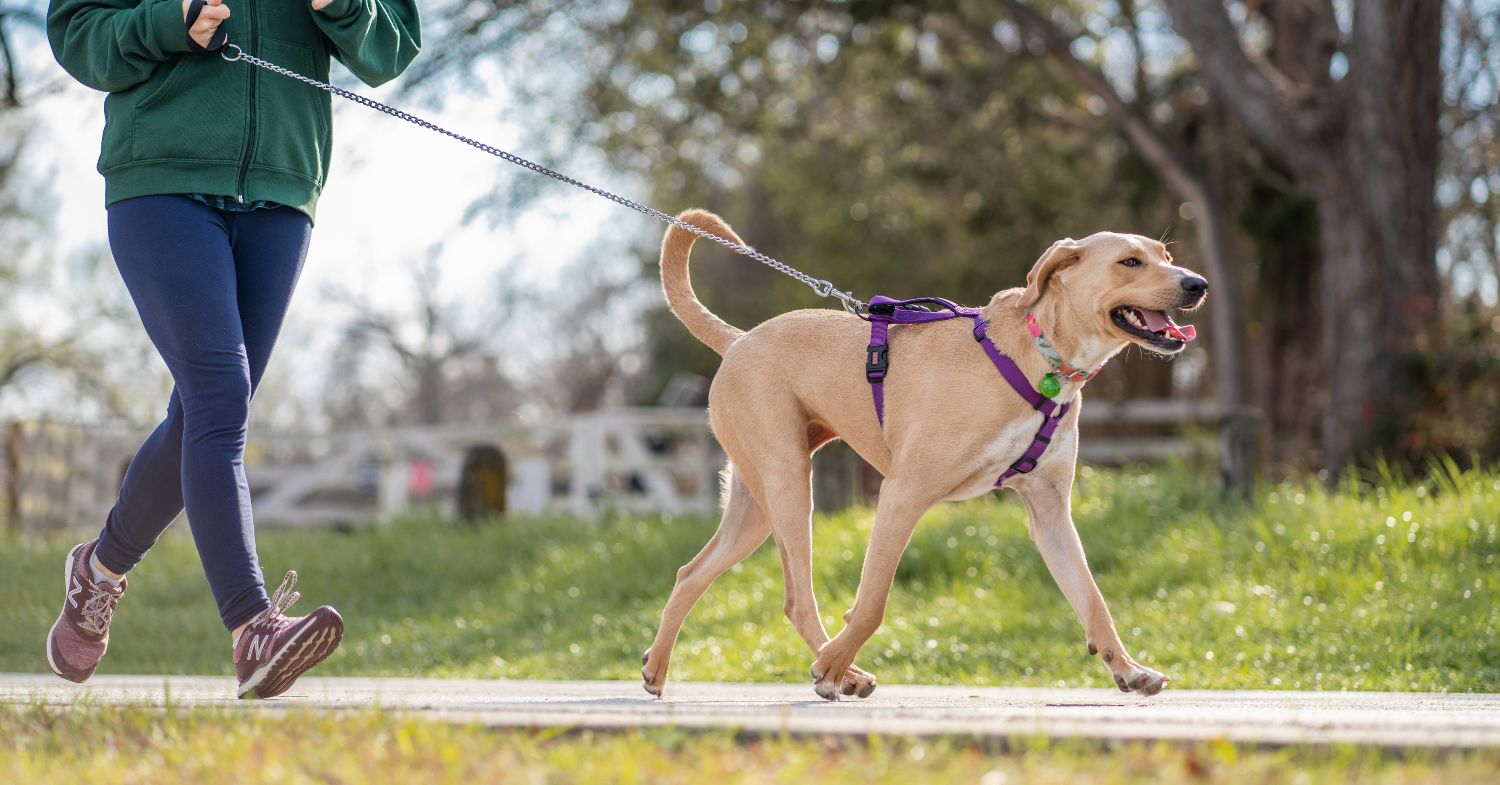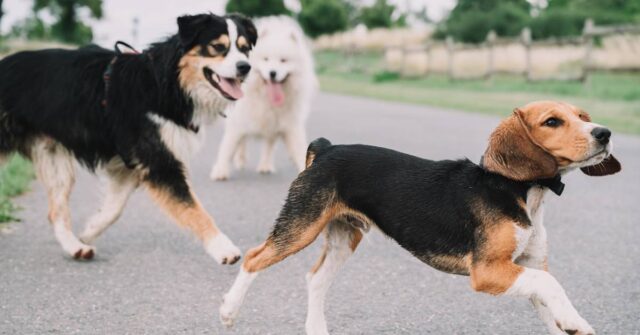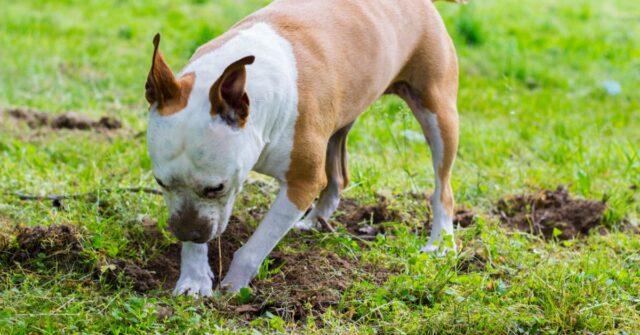Leash training is a vital skill for both you and your dog. It ensures safe and enjoyable walks, strengthens your bond, and contributes to your dog’s overall behaviour and well-being.
This comprehensive guide will walk you through the steps to leash train your dog effectively.
Introduction
Leash training can be challenging, but it’s essential for your dog’s safety and your peace of mind.
Whether you’re dealing with a rambunctious puppy or an older dog new to the leash, the principles remain the same: patience, consistency, and positive reinforcement.
The Importance of Leash Training
Leash training is crucial because it ensures your dog walks safely beside you, preventing accidents and making walks more enjoyable for both of you.
A well-trained dog is less likely to pull, lunge, or react aggressively to other dogs or people.
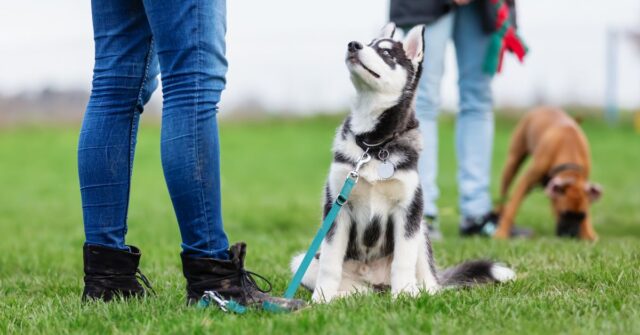

Benefits of a Well-Behaved Dog
A well-behaved dog on a leash makes for pleasant walks, enhancing your relationship. It also allows for more social opportunities and ensures your dog can explore the world safely and calmly.
Choosing the Right Equipment
Selecting the appropriate equipment is the first step in successful leash training. The right collar, harness, and leash can make a significant difference in the training process.
Types of Collars
There are various collars to choose from, each serving different purposes. Your choice should be based on your dog’s size, behaviour, and training needs.
Flat Collars
Flat collars are the most common type and are suitable for dogs that do not pull excessively. They are simple, adjustable, and come in various materials and designs.
Martingale Collars
Martingale collars are designed to prevent dogs from slipping out of their collars. They tighten slightly when the dog pulls but are safer than choke chains as they limit how tight they can get.
Head Halters
Head halters fit around the dog’s muzzle and head, giving you more control over the dog’s head movement. They are especially useful for strong pullers but require some time for the dog to get used to.
Types of Harnesses
Harnesses are often preferred over collars for leash training, as they distribute pressure more evenly across the dog’s body and are less likely to cause injury.
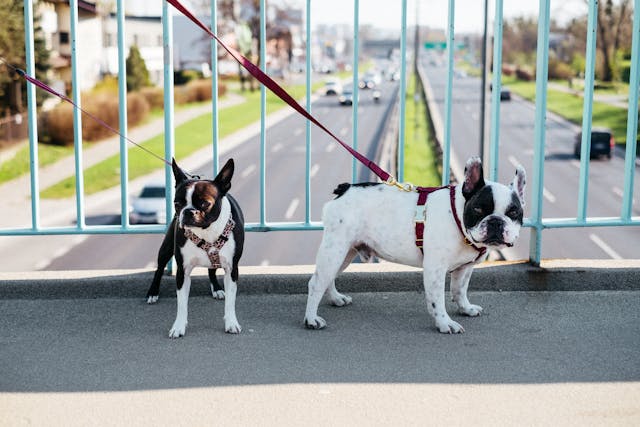

Front-Clip Harnesses
Front-clip harnesses have a leash attachment on the chest, which helps to steer the dog back towards you when they pull. They are great for training as they provide better control.
Back-Clip Harnesses
Back-clip harnesses attach at the back and are more comfortable for the dog. They are suitable for well-behaved dogs but offer less control over pulling behaviour.
No-Pull Harnesses
No-pull harnesses are designed specifically to discourage pulling by applying slight pressure when the dog pulls. They are an excellent training aid for strong pullers.
Types of Leashes
The type of leash you choose can also impact your training success. Consider the length, material, and style that best suits your training goals and your dog’s behaviour.
Standard Leashes
Standard leashes, usually 4 to 6 feet long, are ideal for leash training. They provide enough length for freedom but enough control for corrections.
Retractable Leashes
Retractable leashes allow the dog more freedom to explore but can encourage pulling and are harder to control. They are not recommended for initial training.
Slip Leashes
Slip leashes combine a collar and leash in one and tighten when the dog pulls. They should be used carefully to avoid injury and are best for short training sessions.
Getting Started with Leash Training
Beginning leash training requires patience and a positive approach. Start slowly and build a foundation of trust and cooperation with your dog.
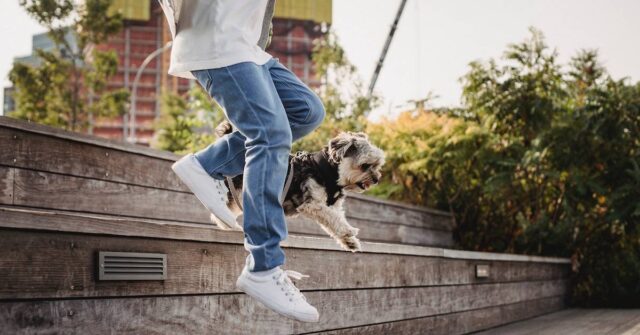

Introducing the Collar and Leash
Introduce your dog to the collar and leash in a familiar and calm environment. Allow them to sniff and explore these new items, rewarding them with treats and praise for calm behaviour.
Creating Positive Associations
Make sure your dog associates the collar and leash with positive experiences. Use treats, praise, and playtime to reinforce that wearing the collar and leash is a good thing.
Basic Commands and Techniques
Teaching basic commands and techniques is essential for effective leash training. Consistency and positive reinforcement are key.
Teaching the “Heel” Command
The “heel” command instructs your dog to walk beside you without pulling. Start by having your dog sit next to you, then use a treat to lure them into position and give the command “heel.”
Reward them for staying by your side.
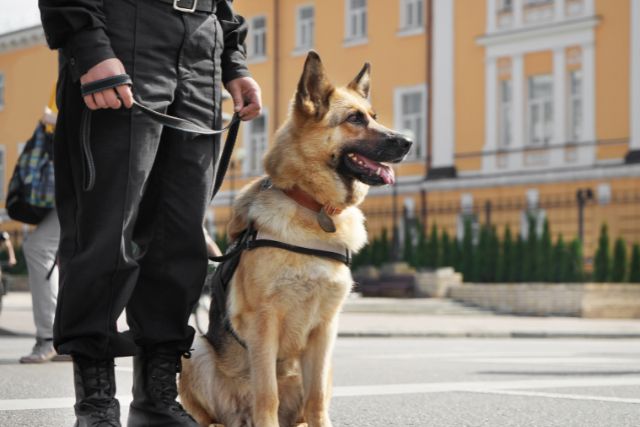

The “Stop and Go” Technique
When your dog pulls, stop walking immediately and stand still. Wait until the leash is slack before you start walking again. This teaches your dog that pulling gets them nowhere.
Using Treats and Rewards
Use high-value treats and praise to reward your dog for good behaviour. Be consistent and generous with rewards, especially in the early stages of training.
Handling Common Issues
Leash training can come with challenges. Knowing how to handle common issues will help you stay on track and make the process smoother.
Dealing with Pulling
If your dog pulls, use the “stop and go” technique. Additionally, consider using a no-pull harness or head halter for better control. Consistency is key to reducing pulling behaviour.
Managing Distractions
Distractions like other dogs, people, or wildlife can disrupt training. Gradually expose your dog to these distractions in a controlled manner, rewarding calm behaviour and using treats to redirect their focus.
Addressing Barking and Reactivity
If your dog barks or reacts to stimuli, use counter-conditioning. Reward calm behaviour and gradually increase exposure to the trigger. For severe cases, consider professional help from a trainer.
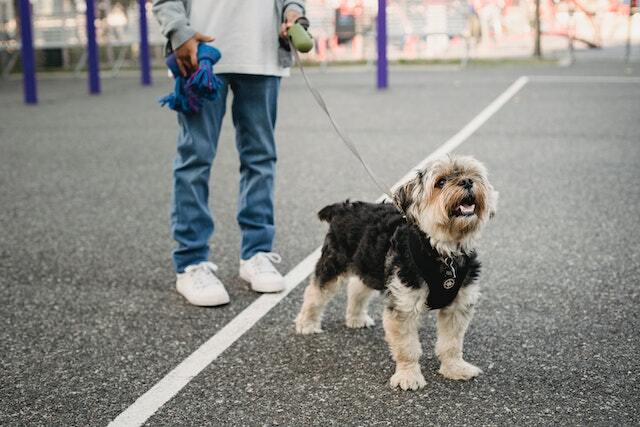

Maintaining Focus and Calmness
Keep your dog focused by using commands like “look” or “watch me.” Use treats and praise to maintain their attention on you during walks.
Short, frequent training sessions can help keep your dog calm and focused.
Advanced Training Tips
Once your dog has mastered the basics, it’s time to introduce more challenging scenarios to reinforce their training and improve their leash manners.
Gradual Exposure to Challenging Environments
Slowly introduce your dog to more challenging environments, such as busier streets or parks. Start with short sessions and gradually increase the duration as your dog becomes more comfortable.
Practicing in Different Settings
Practice leash training in various settings to reinforce good behaviour. Move from quiet, familiar areas to more distracting environments, rewarding your dog for maintaining focus and good leash manners.
Troubleshooting and Solutions
Even with the best training, issues can arise. Understanding common problems and their solutions will help you stay on track and ensure successful leash training.
When to Seek Professional Help
If you encounter persistent issues or feel overwhelmed, seeking help from a professional dog trainer can provide guidance and support.
They can offer personalized advice and techniques to address specific problems.
Using Training Aids Effectively
Training aids like clickers, treat bags, and no-pull harnesses can enhance your training efforts. Learn how to use these tools correctly to maximize their benefits and support your training goals.
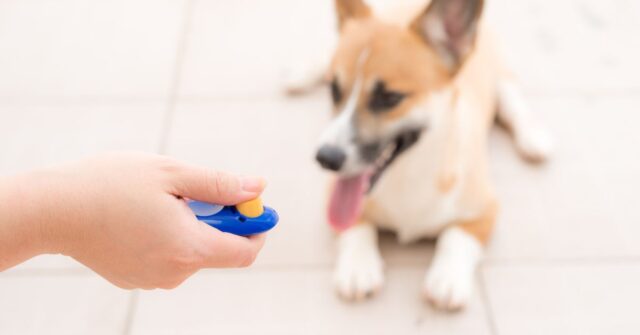

Conclusion
Leash training is a journey that requires patience, consistency, and positive reinforcement. By following these steps and techniques, you’ll build a strong foundation for enjoyable and safe walks with your dog.
Recap of Key Points
To recap, start with the right equipment, introduce the collar and leash positively, teach basic commands, handle common issues, and gradually expose your dog to more challenging environments.
Consistency and rewards are essential throughout the process.
Encouragement and Patience
Remember, leash training takes time and effort. Be patient and stay positive, celebrating small victories along the way. Your dedication will pay off in the form of a well-behaved and happy dog.
Professional Dog Walkers and Trainers
If you need additional support, consider enlisting the help of professional dog walkers or trainers. They can provide valuable assistance and ensure your dog develops excellent leash manners.

